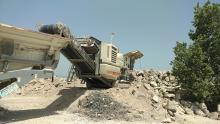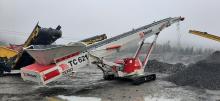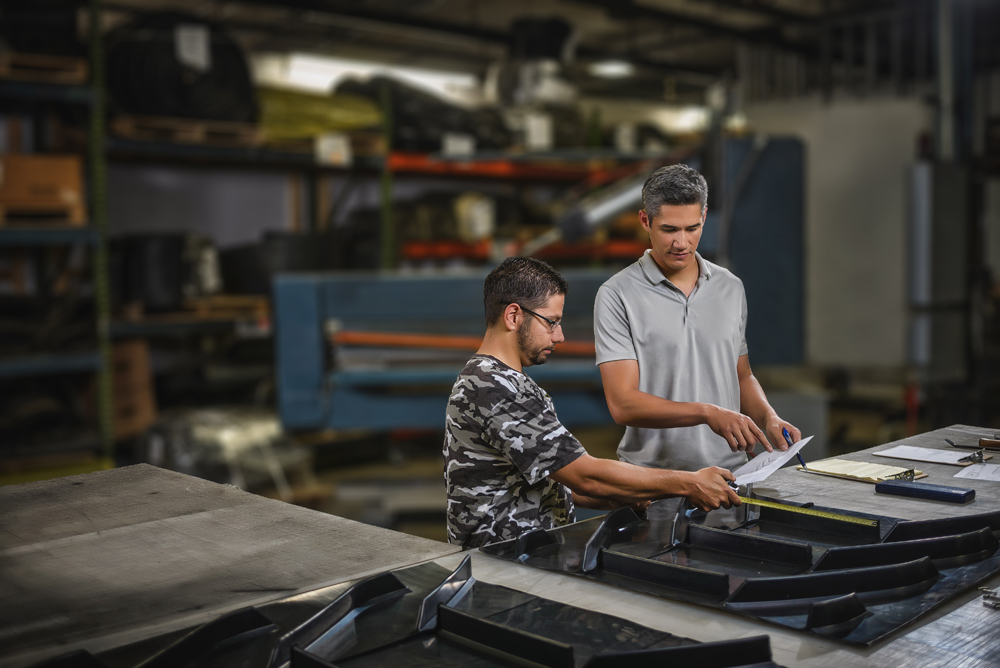
A conveyor belt failure can bring an aggregates operation to a standstill, which is frustrating because the cost of downtime is expensive. Trucks hauling product to you can’t unload, and the conveyors ahead of you are forced to stop and wait until the belt is repaired or replaced.
Many believe that belt failure is part of the cost of doing business, but it doesn’t have to be. Conveyor belting can be engineered with optimal technologies to support your application and equipment design. Working with an experienced belting manufacturer can help with increased performance and system efficiency to boost your bottom line.
Through the lens of one of the world’s leading manufacturers of custom rubber belting products, here are a few considerations for preventing downtime and determining belt specifications when you’re designing and operating a conveyor system.
All belts are not created equal
Conveyor belts are typically an afterthought, often regarded as just another component part. The reality is, the belt is the essence of the conveyor system. Although the physical differences from one belt to the next can be indecipherable to the untrained eye, the right belt will make or, quite literally, break your operation.
Similar to how the right set of tyres will improve the performance of a car with increased gas mileage, improved traction control, better handling and a smoother ride, having the right belt will improve the performance of your conveyor system. The right belt will reduce downtime, repairs and energy consumption, and improve capacity and equipment efficiency.
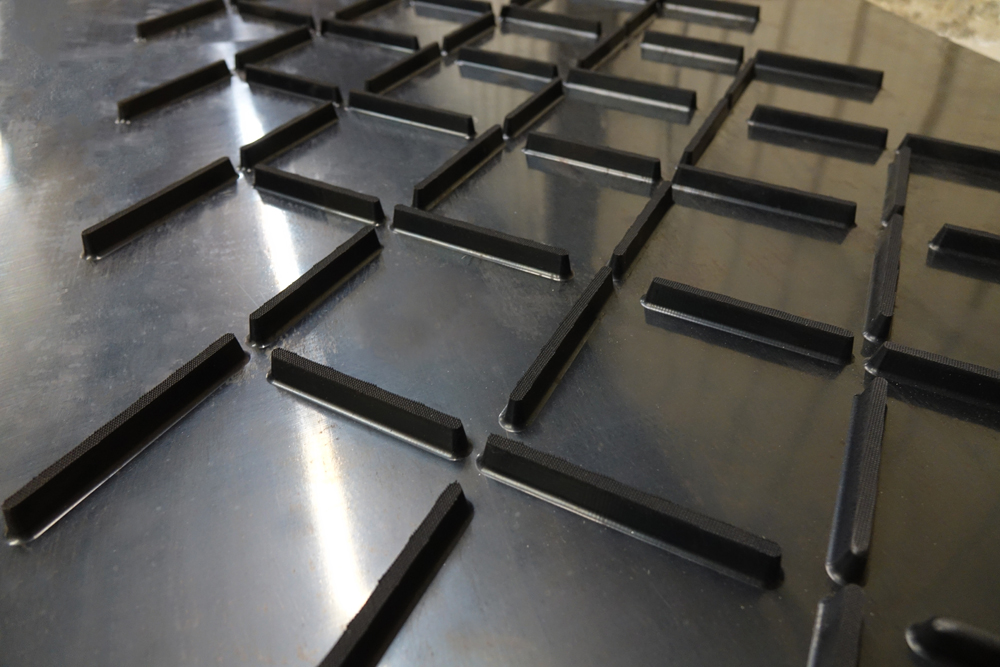
A bit of desk research can help purchasing managers identify experienced manufacturers with service-friendly reputations to guide you through the belt decision-making process. If you are involved with the product development and manufacturing of aggregates conveyor equipment, working with qualified belting experts early in your design process can improve the function of your future conveyor system. For maintenance personnel, no one understands the pain of downtime better than you. Belting experts can help you analyse the issues to support the problem-solving process.
Enlist a belting industry expert
When you speak to a belting expert, don’t be surprised if the first discussion doesn’t involve belting at all. If they are trying to provide you with a genuine product solution, they will want to learn about your conveyor system and application. A belt that works well in the logging industry may not work as well in the aggregates industry. A belt in the aggregates industry likely would be overkill in the agricultural industry. The same holds true when comparing one type of conveyor to another within the same industry.
A good supplier will want to define the factors or features of the conveyor system that will impact the performance of the conveyor belt. To determine friction force, they might ask what the belt will be running on, or to understand roller resistance they’ll ask about your roller/pulley sizes. These factors significantly impact energy consumption and drag build-up during operation. They’ll also want to understand your impact levels, incline angles, take-up distance, transition distance (for troughed conveyors), tensioning mechanisms, and return rollers. Every factor requires a specific approach when selecting the right belt to benefit the performance of your conveyor system.
For example, a conveyor system designed with return rollers operating at an angle greater than 30° will require rubber cleats or a cleat-pattern design to successfully move product. However, if the return roller diameter and distance are not considered during belt selection, the cleats will interfere with the return rollers and produce “cleat chatter”. Cleat chatter occurs when the cleat or cleat pattern is encountering the return rollers, causing unwanted interference and affecting the function of the belt. If left unchecked, it can lead to early cleat and/or cleat pattern failure and excess wear on rollers and bearings.
If this level of detail seems overwhelming, invite the supplier for a visit and give them the opportunity to explore your equipment firsthand. You could also put the belting professionals in touch with your operations team to let them talk specifics. In the end, this will be a win-win for all parties. The purchasing team develops a relationship with an industry expert and high-value supplier, the product development team can improve performance of the belt and conveyor system to reduce total cost of ownership, the maintenance team will drive uptime, and the belting supplier is rewarded by customer satisfaction and the growth of a new business relationship.
Determine the operating requirements for your application
A major misconception in belt selection is tensile strength. Tensile rating is the working tension and breaking strength of the belt in the longitudinal direction. While having the correct working tension is important, many believe a higher tensile rating results in a stronger belt. Ironically, just like a belt lacking strength is an issue for your operation, a belt that’s been overdesigned can also cause damage to the conveyor, reduce efficiency of the system, and increase the risk of premature belt failure leading to downtime.
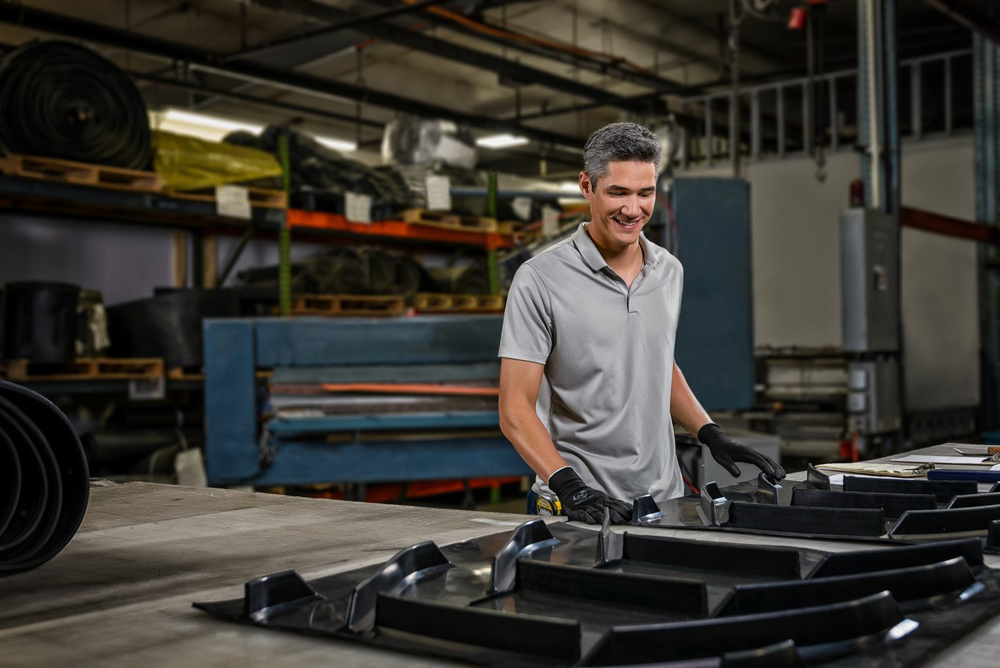
A belt with a high tensile rating typically comes with a higher price because it’s a heavier, thicker belt. In an application like mining, where your conveyor is of an extended length, a high tensile rating is critical. However, in light industrial markets like aggregates, logging, mobile crushing and recycling, the tensile rating isn’t as much of an application requirement. In fact, a heavier belt will create more drag on the conveyor that will lead to higher amp draw, more energy consumption, and a higher cost to operate. The increased stiffness due to the thicker, heavier belt will increase rolling resistance on the pulleys and bearing, causing more maintenance and repairs. The entire system will run at a much lower efficiency, and the wear and tear on the unit will be expedited.
To tell the truth, belt failure due to lack of tensile strength is rare. Why not exchange the tensile strength you don’t need – which could be hindering your operation – for features that could resolve your application’s frequent failure modes?
Puncture resistance, for example, is a leading cause of belt failure. It occurs when the belt carcass is punctured, or pierced, which leads to tear propagation, and ultimately, downtime for belt repair or replacement. Another leading cause of belt failure, hook retention, refers to the strength of the location where your belt ends are connected. An investment in this specification can prevent your lacing or fasteners from ripping out of the belt, causing a broken splice. Tensile rating has little to no effect on these types of failures.
Belt properties can be modified to complement the specific requirements of your application and conveyor system. It may be possible to achieve increased performance with a lower cost product, which makes working with a qualified supplier a cost-effective decision in more ways than one.
In the end, conveyor belt technology is a science. To run a successful operation, go beyond picking a belt out of a catalogue. Work with a qualified belting supplier who can help you determine the belt specifications critical to your application and conveyor system, which can prevent costly downtime and improve your total cost of ownership.
To learn more about WCCO Belting visit www.wccobelt.com

